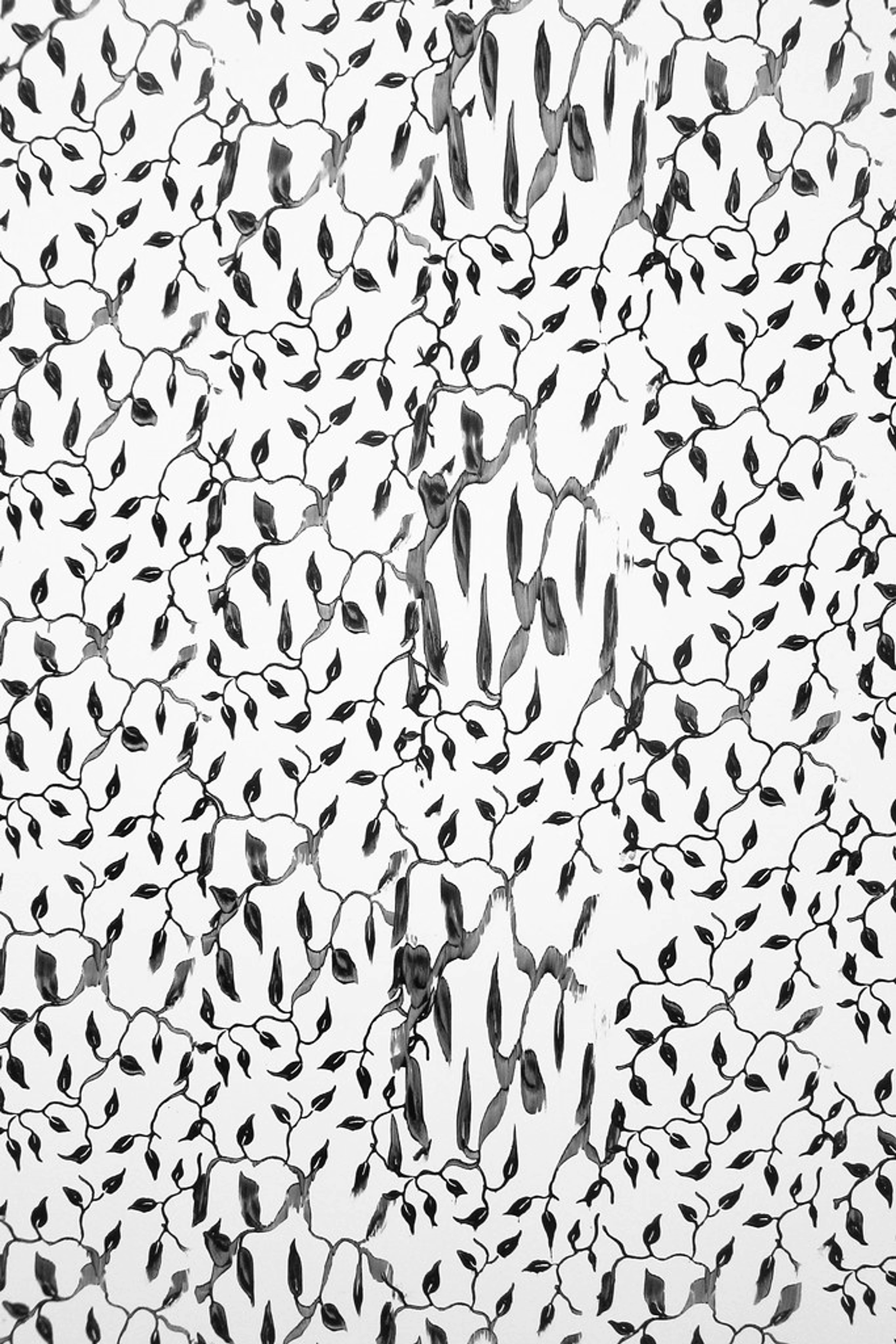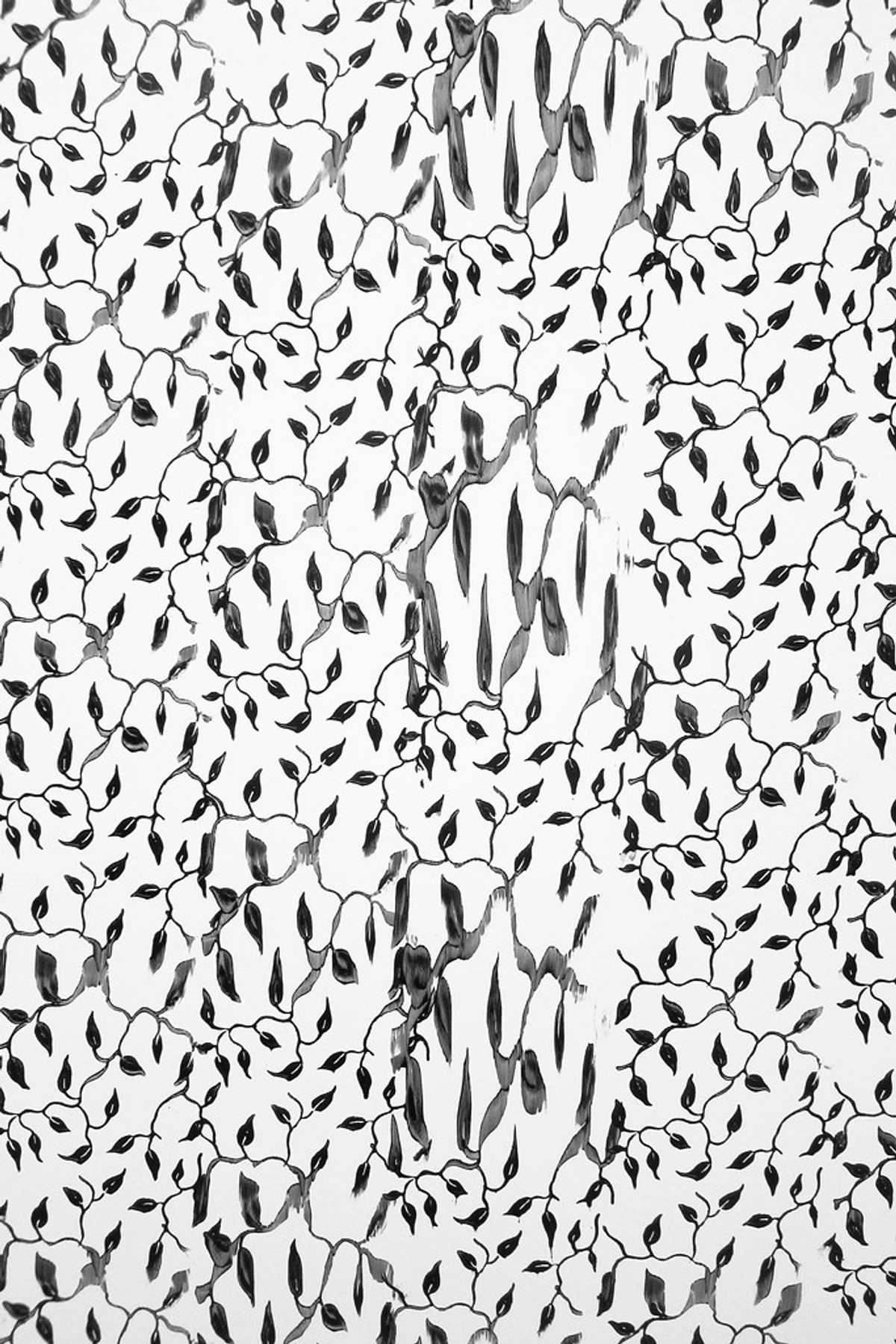
The Beautiful Chaos and Quiet Reflections: My Journey Through Post-War Abstract Art
Dive into the vibrant world of post-war abstract art with me. From Abstract Expressionism's raw emotion to Minimalism's stark beauty, explore the movements that reshaped art and find your own connection in this personal guide.
The Beautiful Chaos and Quiet Reflections: My Journey Through Post-War Abstract Art
Sometimes, I look at the world and think, "How did we get here?" It's a question that often pops into my head when I'm staring at a blank canvas, or perhaps more often, when I'm trying to figure out why my coffee machine decided today was the day it would stop cooperating. But it's also a question that deeply resonates when I consider the trajectory of art, especially after something as utterly seismic as World War II. The world was broken, humanity was questioning everything, and art, as it always does, began to reflect that shattering. This isn't just a history lesson; it's a personal exploration, a walk through the very human impulses that birthed some of the most profound and, dare I say, sometimes baffling art movements. For a broader perspective on how styles have evolved, you might enjoy my definitive guide to understanding abstract art styles.
From Rubble to Revelation: Why Abstraction Became a Language
Imagine living through something horrific, something that rips apart the very fabric of society and your understanding of truth. Post-war Europe and America were reeling. Traditional narratives, classical beauty, even objective reality itself, seemed to have failed. What could art possibly say in such a landscape? For many artists, words felt inadequate, and traditional representation felt hollow. It was in this crucible of disillusionment and a yearning for new meaning that abstract art truly exploded. It wasn't about depicting the world as it was, but as it felt. It was a search for universal truths, raw emotion, or even just pure form, beyond the specific horrors or triumphs of daily life.
I sometimes feel this when I'm overwhelmed. The details blur, and only the raw emotion, the pure color, the sweeping gesture remains. That's abstract art for me – a direct line to feeling, unfiltered by the literal.
The Roar and the Whisper: Key Post-War Abstract Movements
Let's dive into some of the heavy hitters. These movements aren't just dates and names; they're echoes of human experience, each with its own story, its own particular way of yelling or whispering.
Abstract Expressionism: The American Breakthrough
Ah, Abstract Expressionism. If there was ever an art movement that embodied a collective scream mixed with a profound internal struggle, this was it. Emerging primarily in New York in the 1940s and 50s, it was the first truly American art movement to achieve international influence. And boy, did it make an entrance.
I remember seeing my first major Abstract Expressionist piece. It wasn't just a painting; it was an event. The sheer scale, the apparent chaos, the feeling that the artist had poured their entire being onto the canvas – it was exhilarating and a little terrifying. It felt like standing in front of a raw nerve ending.
It broadly split into two camps, though artists often blurred the lines:
- Action Painting: Think Jackson Pollock's drips and splatters. Not random, mind you, but a choreographed dance, a direct engagement with the canvas. It's about the process, the energy, the psychological drama unfolding in real-time. It’s a bit like my studio after a particularly intense session – glorious, messy, and full of accidental brilliance. For a deeper dive into this explosive movement, check out my ultimate guide to Abstract Expressionism.

- Color Field Painting: This was the quieter, more contemplative cousin. Artists like Mark Rothko and Helen Frankenthaler explored vast expanses of color, aiming for an immersive, almost spiritual experience. It wasn't about gestural action but about the resonant power of color itself, absorbing you, inviting meditation. Standing before a Rothko, I often feel a strange mix of serenity and immense sadness, like looking into a beautifully colored abyss. To understand more about the master of color fields, see my ultimate guide to Rothko and delve into the innovative techniques of Helen Frankenthaler.
Minimalism: Less is More... or is it Just Less?
By the late 1950s and especially in the 1960s, some artists felt Abstract Expressionism had become too theatrical, too personal, too... much. Enter Minimalism. This movement was a radical reduction, focusing on geometric forms, industrial materials, and a deliberate absence of personal gesture. It wanted art to be about the object itself, its relationship to the space, and the viewer's perception, rather than the artist's inner turmoil.
I admit, Minimalism took me a while. My initial reaction was often, "Is that it? A box? I could do that." (Spoiler: I probably couldn't, or at least not with the same conceptual rigor.) But then, I started to look closer, to truly experience the starkness, the precision, the way light interacts with a seemingly simple form. It forces you to slow down, to engage with the essential. It's the artistic equivalent of clearing your cluttered desk to finally focus on what really matters. If you're curious about the beauty of restraint, explore my ultimate guide to Minimalism or discover more about the influential artist Frank Stella.
Lyrical Abstraction & Post-Painterly Abstraction: The Next Wave
As the 60s progressed, some artists sought a middle ground or a new path. Lyrical Abstraction, for instance, often brought back a sense of painterly gesture and sensuality, but without the angst of Abstract Expressionism. Post-Painterly Abstraction, championed by Clement Greenberg, emphasized opticality and flatness, moving away from the tactile brushstrokes and emotional intensity.
These movements, while perhaps less 'famous' to the casual observer, represent the continuous human urge to refine, react, and redefine. It's like when you try a new recipe – you start with the classic, then you tweak it, simplify it, or add an unexpected spice.
Arte Povera: Humble Materials, Grand Ideas
Originating in Italy in the late 1960s, Arte Povera (literally "poor art") was a fascinating reaction. Artists used everyday, humble, and often organic materials – soil, rags, found objects, even vegetables – to challenge the commercialism and perceived elitism of the art world. It was about the poetry of the material, the process, and the idea, not the preciousness of the art object.
This really makes me think about value. What gives something value? Is it the material, the skill, the idea, or the story behind it? I often grapple with this in my own art for sale, trying to balance the aesthetic with the conceptual.
The Return of the Expressive: Neo-Expressionism and Beyond
While Minimalism and Conceptual Art dominated later decades, the expressive impulse never truly died. Movements like Neo-Expressionism in the late 1970s and 80s saw a powerful return to figuration, often with a raw, gestural, and emotionally charged abstract quality. Artists like Jean-Michel Basquiat and Anselm Kiefer fused personal narrative with a visceral, almost aggressive painterly style. It shows that the human need for expression, whether abstract or figurative, always finds a way. To understand this impactful shift, read my ultimate guide to Neo-Expressionism.
My Canvas, Your Gaze: Connecting with the Legacy
So, why does any of this matter to me, an artist creating contemporary abstract art prints and paintings today? Because the language was invented then. These pioneers cracked open the door to new ways of seeing, feeling, and expressing. Their struggles, their breakthroughs, and even their debates laid the groundwork for everything I do. When I blend colors, make a bold stroke, or simply decide on the composition of a piece, I'm participating in that ongoing conversation.
For me, abstract art is a space for dialogue. My art, like the works of those post-war masters, invites you to find your own meaning. It’s less about telling you what to see and more about asking you what you feel. And isn't that a wonderful, sometimes terrifying, freedom? You can explore some of my creations and see how these influences play out in my art for sale.
Navigating the Labyrinth: How to Appreciate Post-War Abstract Art
Understanding post-war abstract art doesn't require a Ph.D. in art history, though sometimes I wish it did when I'm trying to decipher a particularly dense critique! It requires curiosity, an open mind, and a willingness to feel.
Here's my simple, highly unscientific guide:
- Drop Expectations: Don't look for a literal scene. You're not trying to find a hidden dog in the clouds; you're looking at the clouds themselves.
- Feel First, Think Later: What's your gut reaction? Does the color make you feel calm or agitated? Does the movement excite you or make you uneasy? Trust that first, raw response. My article on decoding abstract art offers more insights into this, or learn how to abstract art.
- Consider the Context: A little historical background helps. Knowing why an artist might have painted a certain way (e.g., post-war trauma) can add layers to your appreciation.
- Embrace the Ambiguity: It's okay not to "get it" completely. The beauty often lies in the questions it raises, not the answers it provides. It’s like life, really.
- Look for Repetition or Contrast: Are there recurring shapes, lines, or colors? How do different elements play off each other?
- Step Back, Step In: View the piece from a distance to get the overall impact, then get close to see the textures, the brushstrokes, the subtle details.

FAQ: Your Burning Questions, My Casual Answers
Q: What defines "post-war abstract art"?
A: Generally, it refers to abstract art created after World War II (roughly 1945 onwards), characterized by a shift from earlier, more structured abstraction (like Cubism) to more expressive, conceptual, or minimalist forms, often reflecting the societal upheaval and philosophical questioning of the era.
Q: Who are the most influential post-war abstract artists?
A: Oh, where to begin! Jackson Pollock, Mark Rothko, Willem de Kooning, Helen Frankenthaler (for Abstract Expressionism/Color Field); Donald Judd, Carl Andre, Frank Stella (for Minimalism); Gerhard Richter (who straddles many boundaries); and many more. Each one a universe.
Q: How did post-war abstract art differ from earlier abstract movements like Cubism or Suprematism?
A: Earlier movements often focused on geometric deconstruction, purity of form, or utopian ideals. Post-war abstraction, while still exploring form and color, often brought a more intense emotional charge (AbEx), a stark reductionism (Minimalism), or a conceptual focus on materials and process (Arte Povera). It was less about breaking down reality and more about building a new one, or exploring the inner one. You can learn more about the evolution of abstract art here.
Q: Is post-war abstract art still relevant today?
A: Absolutely! Its influence is undeniable. Many contemporary artists, myself included, draw heavily on the freedom, formal innovations, and philosophical inquiries initiated by these movements. It taught us to question, to feel, and to see beyond the literal, lessons that remain vital in our complex world. Plus, it just looks really cool on a wall.
A Final Thought: The Enduring Echoes
Walking through the corridors of art history, especially this tumultuous post-war period, feels a lot like walking through life. There are moments of intense passion, quiet contemplation, stark simplicity, and overwhelming complexity. Abstract art, in all its forms, mirrors this human experience back to us. It asks us to engage, to interpret, to feel.
It’s a legacy that I, in my small way, try to carry forward in my own work. Perhaps someday, you'll find a piece of mine, or maybe visit my museum in Den Bosch, and feel a similar echo, a connection to that beautiful chaos and those quiet reflections that continue to shape our artistic journey.




